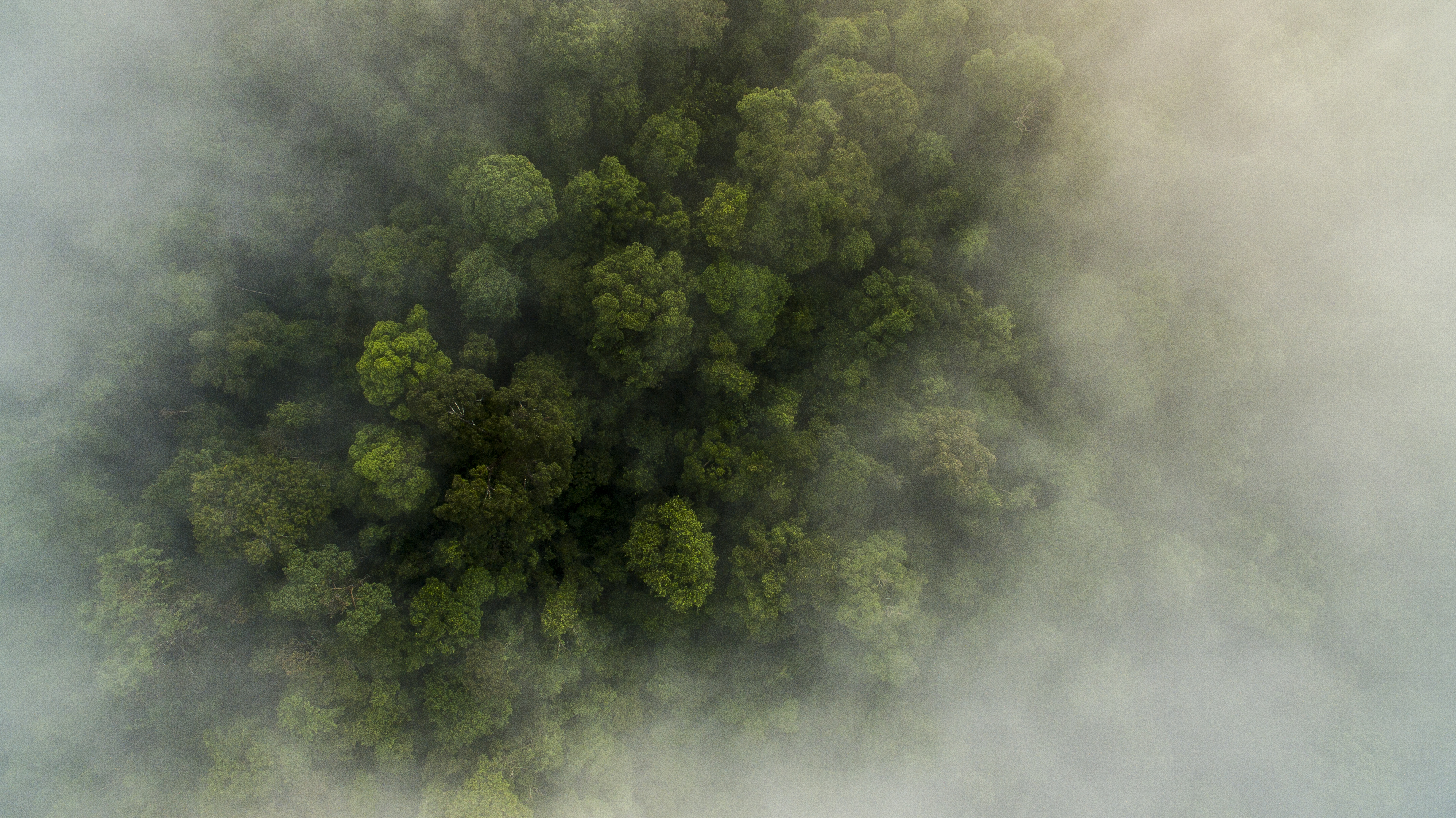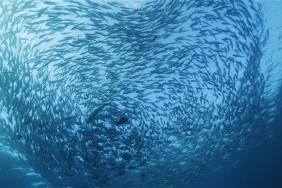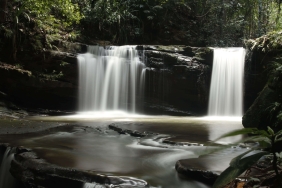LOOKING FOR A MAP OF SUCCESS
By Syamsidar
Map is a medium to convey information in solid and simple way. Through map, hundreds of field information is represented in simple way so that it helps users to know the condition of certain location. Moreoever as part of the geographic information, an acuurate map is also one of the important elements in advocacy and campaign efforts.
Anggoro Sudibyo is a GIS Assistant in WWF-Riau Program since 18 August 2008. Hundreds of map have been produced by him as one of his jobs is to ensure maps of field survey and other maps are available correctly and timely. For that condition, he often has to work beyond office hours as the need for maps may come at unpredicted time such as when human-elephant/tiger conflict occurs. However, Anggoro does his job delightfully.
This single 27 year-old man started to know WWF when he worked for a mapping consultant agency in Bali in 2007. At that time, the office where he worked conducted a training on GIS Software Migration in which some of the participants were WWF-Indonesia’s staffs from all over Indonesia. “It is the first time for me to hear the name of WWF and I expect that one day I can work for WWF which focuses its work on the environment, “Anggoro said.
He imagined how great it would be to be able to explore the forest and observe wildlife. “It must be such fascinating experiences when we can work and at the same time learn from nature,” he recalled. The hope came true in 2008, when Anggoro passed the screening test to be a a GIS Assistant at WWF Riau Program. He was chosen among many other applicants.
An alumni of Geographic Faculty- University of Gajah Mada, at the beginning found it hard to socialize with other staffs due to different dialect and culture. Anggoro who was born in Purwokerto, Central Java still has solid Javanese dialect. To cure his homesickness, he often plays Javaneses songs while dealing with his work, interpreting field data into Geographic Information System.
Part of his job that he enjoys most is when he conducts field survey as he can see many different places. At that time he can release himself from routine activities scrutinizing detail data in front of his computer. With deep passion, Anggoro collects relevant data to complete data that are unavailable yet. Field data which are mostly in form of coordinates are then managed into spatial data.
His interest to learn the life of local people around the survey area spurs him to build good rapport with villagers. Sometime he undergoes thrilling experiences when he has to collect data in conflict area or encroached area.
Haze hazard that strikes Riau every year has taken his concern as one of this tasks is to monitor hotspots in Riau. This data is used by other units to developcampaign materials for media purpose and advocacy instrument to government.
“I hope one day the haze problem will be well managed since it has brought many negative impacts. Not only to the ecosystem but also to health and economic aspects,” he said. Observing encroachment data that occurs almost in every remaining forest in Riau also breaks his heart into pieces.
“I expect there will be strong commitment from the government and other stakeholdes to tackle forest encroachment and one day there will be more green color in map representing forest which is reforested and managed,” he continued.
Anggoro expects that spatial information that he puts into maps can support conservation efforts which are undertaken by WWF, the government and other stakeholders.





